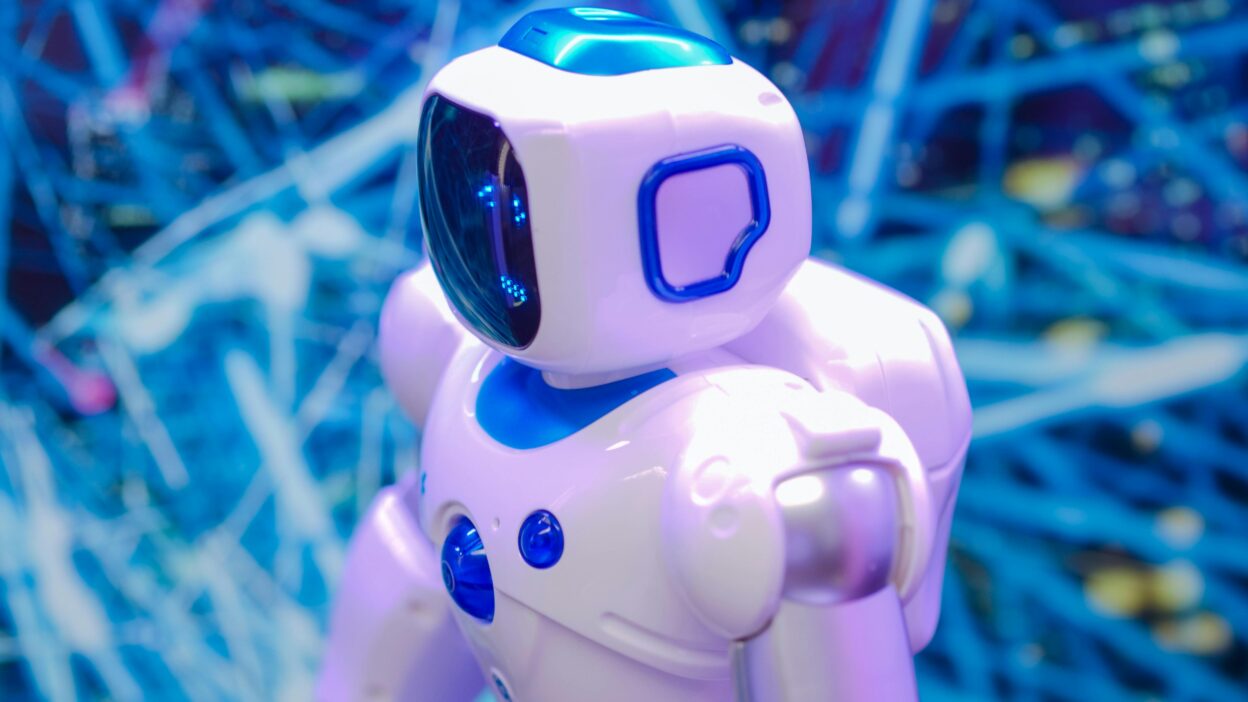Robots are becoming smarter and more adaptable, revolutionizing industries by enhancing productivity and streamlining operations. From manufacturing plants to last-mile delivery, automation is making our lives more convenient.
Let’s explore how robots are transforming the world around us.
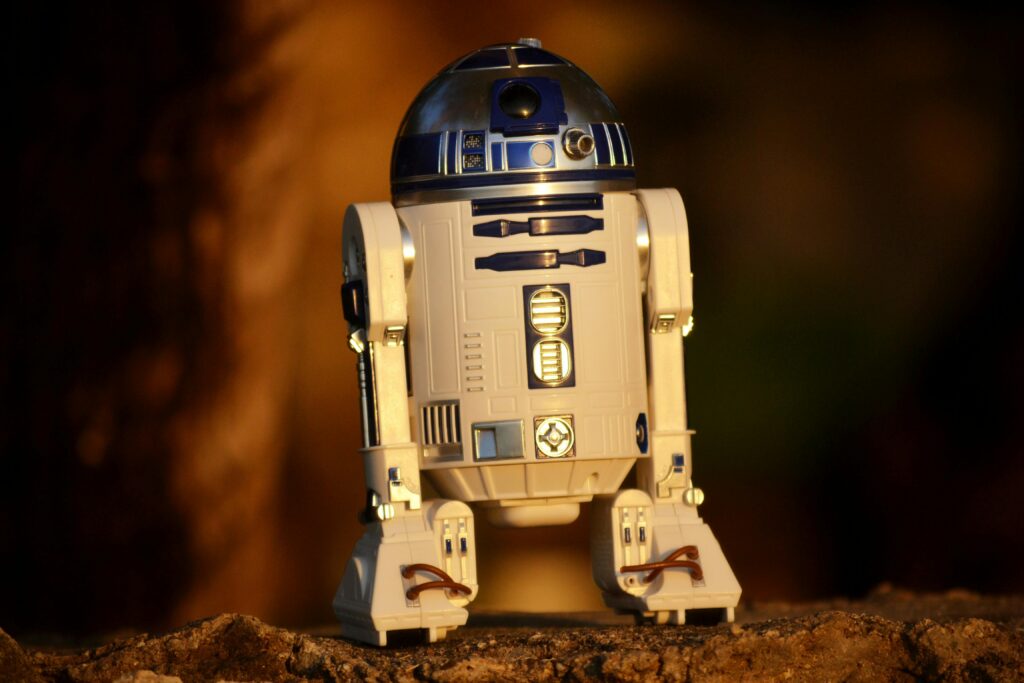
🤖 Notable Applications of Robots and Automation
Robots and automation are at the forefront of technological innovation, transforming industries by improving efficiency, reducing operational costs, and enhancing productivity. With advancements in Artificial Intelligence (AI) and Machine Learning (ML), robots are evolving from simple machines to intelligent systems capable of making decisions and adapting to their surroundings.
From autonomous delivery systems to collaborative robots in manufacturing, let’s explore five key applications where robots and automation are making a significant impact.
📦 1. Delivery Robots and Drones
Imagine receiving your groceries or packages via autonomous delivery robots or drones. Companies like Amazon, FedEx, and UPS are leading the race in developing delivery drones and ground robots to optimize logistics.
- Drones for Faster Delivery: Drones can navigate through complex urban environments and rural areas, reducing delivery times for e-commerce orders. Some drones can travel up to 50 miles in one trip, making last-mile deliveries more efficient.
- Sidewalk Delivery Robots: Compact delivery robots equipped with AI-powered navigation systems are becoming common in cities. Startups like Starship Technologies and Serve Robotics are using these bots to deliver food and parcels safely and swiftly.
- Reduced Carbon Footprint: Autonomous electric robots and drones significantly reduce carbon emissions compared to traditional delivery vehicles.
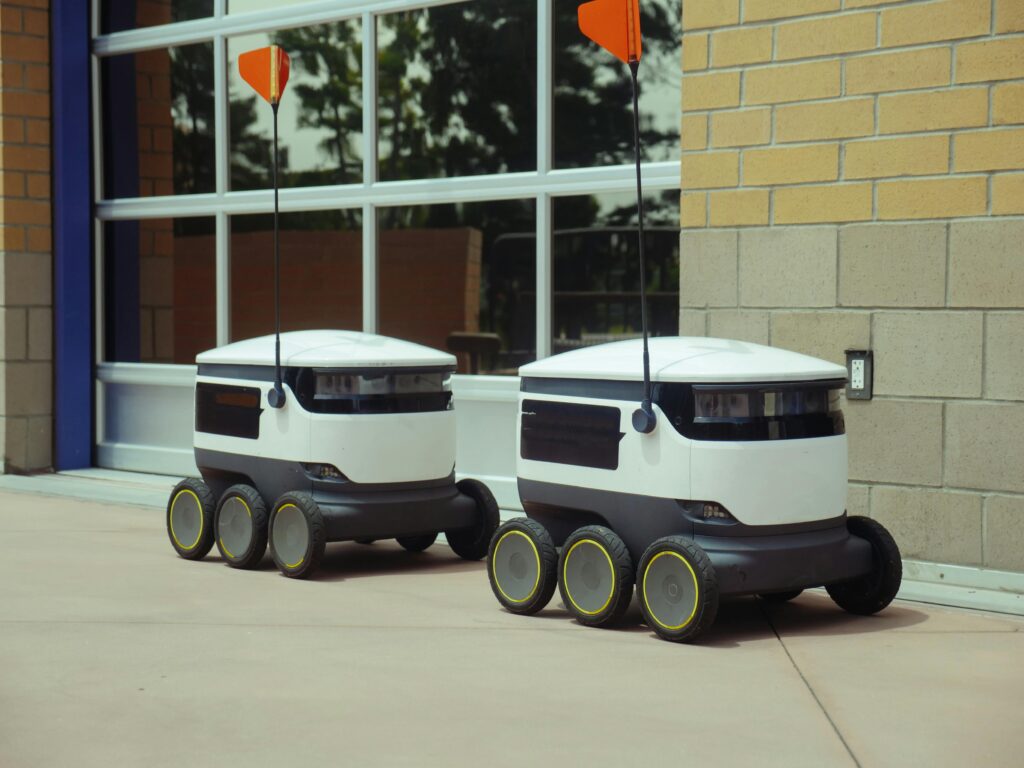
📊 Why It’s Trending: Companies are adopting autonomous delivery solutions to cut operational costs, reduce traffic congestion, and offer customers faster, more eco-friendly delivery options.
🤝 2. Collaborative Robots (Cobots)
Collaborative robots, or cobots, are designed to work side-by-side with humans in a shared environment. Unlike traditional robots that require isolation for safety reasons, cobots use sensors and AI algorithms to ensure safe interactions with people.
- Enhancing Workforce Productivity: Cobots handle repetitive and physically demanding tasks, allowing human workers to focus on higher-value responsibilities. They are often used in assembly lines, packaging, and material handling.
- Affordable Automation for SMEs: Cobots are more cost-effective than large industrial robots, making automation accessible to small and medium-sized enterprises (SMEs).
- Flexible and Easy to Program: Many cobots can be quickly reprogrammed for different tasks, increasing versatility and reducing downtime.
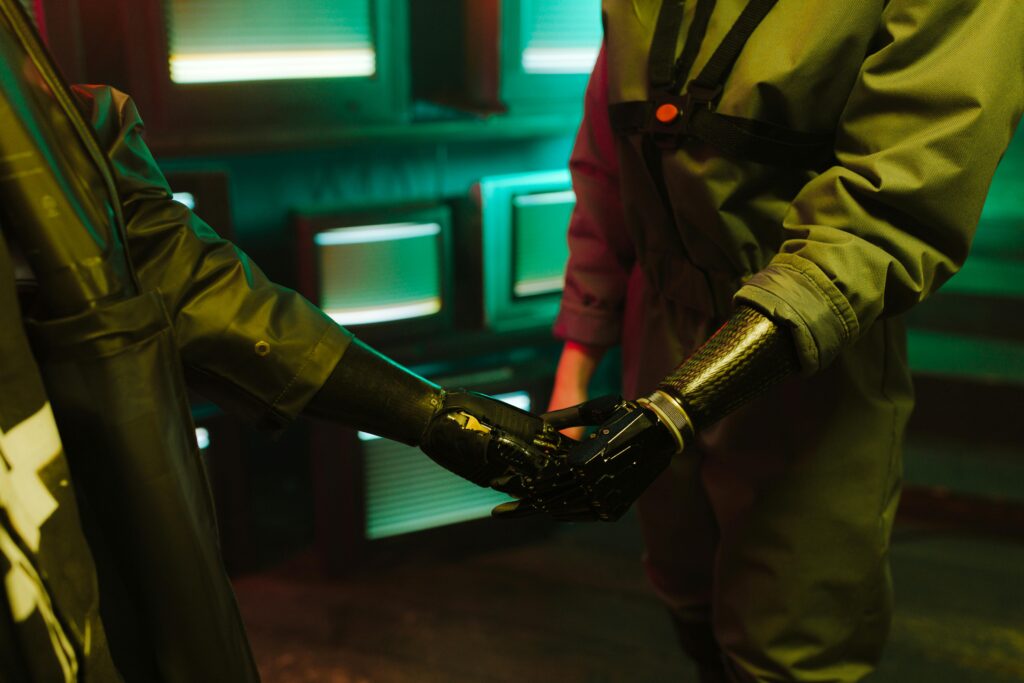
📊 Why It’s Trending: As labor shortages persist and businesses strive to boost productivity, cobots offer a safe, adaptable, and cost-effective automation solution.
🧠 3. AI-Powered Robotics
AI-powered robots represent the pinnacle of automation, with the ability to analyze data, make decisions, and learn from their experiences. By leveraging Machine Learning (ML) algorithms, these robots continuously improve their performance in real-world environments.
- Smart Warehousing: AI robots in warehouses optimize inventory management, track packages, and identify the most efficient routes for picking and packing. Companies like Amazon Robotics and Boston Dynamics are pioneers in this space.
- Healthcare Assistance: AI robots assist in hospitals by delivering medications, disinfecting rooms, and providing companionship for patients. Some advanced surgical robots perform minimally invasive surgeries with precision and accuracy.
- Predictive Maintenance: AI sensors monitor the health of robotic systems, predicting when maintenance is required to prevent unexpected breakdowns and costly downtime.

📊 Why It’s Trending: The integration of AI and robotics enables smarter decision-making, reducing errors and operational inefficiencies while increasing productivity.
🏭 4. Industrial Automation and Smart Factories
Automation has long been a staple of manufacturing, but today’s smart factories are taking it to the next level. With interconnected sensors, AI systems, and autonomous machines, factories can monitor, predict, and optimize production processes in real-time.
- Fully Automated Production Lines: Robots handle everything from assembling components to quality inspection, increasing production speed and minimizing human error.
- Digital Twins: Manufacturers create digital simulations of production environments to predict outcomes, test scenarios, and optimize workflows without physical trials.
- IoT-Enabled Maintenance: Sensors detect early signs of wear and tear in machinery, allowing predictive maintenance that minimizes downtime.
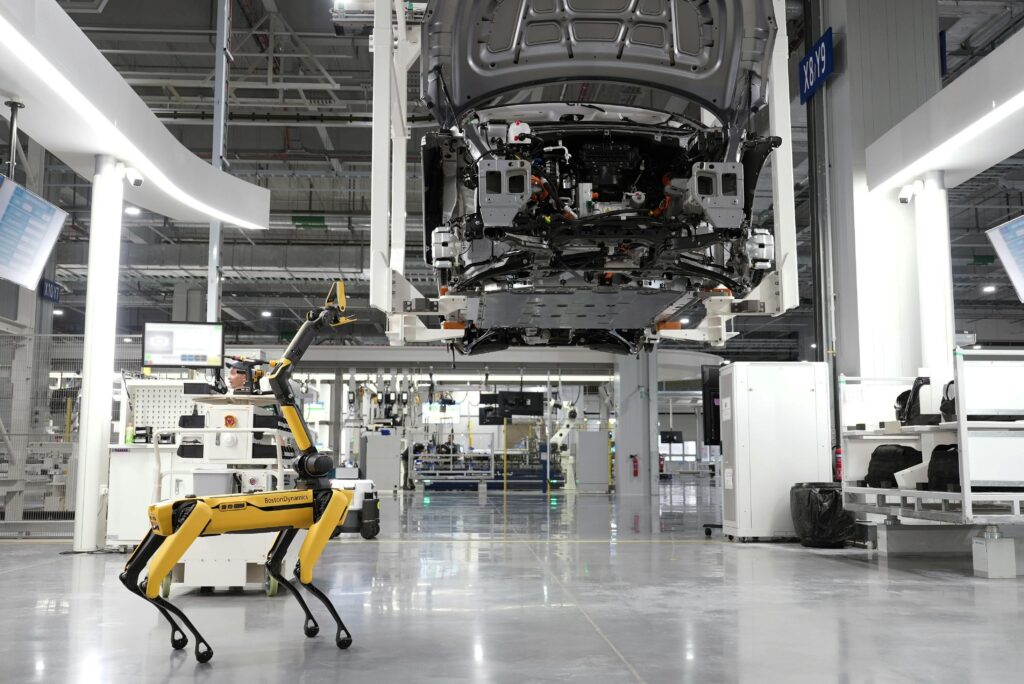
📊 Why It’s Trending: As Industry 4.0 continues to expand, smart factories offer enhanced productivity, reduced waste, and faster time-to-market for products.
🛒 5. Service Robots in Retail and Hospitality
Service robots are revolutionizing customer experiences in the retail and hospitality sectors. From automated checkouts to AI-powered customer service bots, robots are enhancing convenience and efficiency for both businesses and consumers.
- Retail Automation: Autonomous robots assist in inventory management by scanning shelves to ensure products are stocked and properly labeled. Retailers like Walmart are adopting this technology to maintain accurate inventory records.
- Hotel and Restaurant Service: In hotels, service robots deliver room service, clean rooms, and greet guests. Some restaurants use robotic chefs and servers to prepare and deliver meals.
- Customer Engagement: AI-powered robots in shopping malls and airports provide interactive assistance, helping customers with directions, store information, and product recommendations.
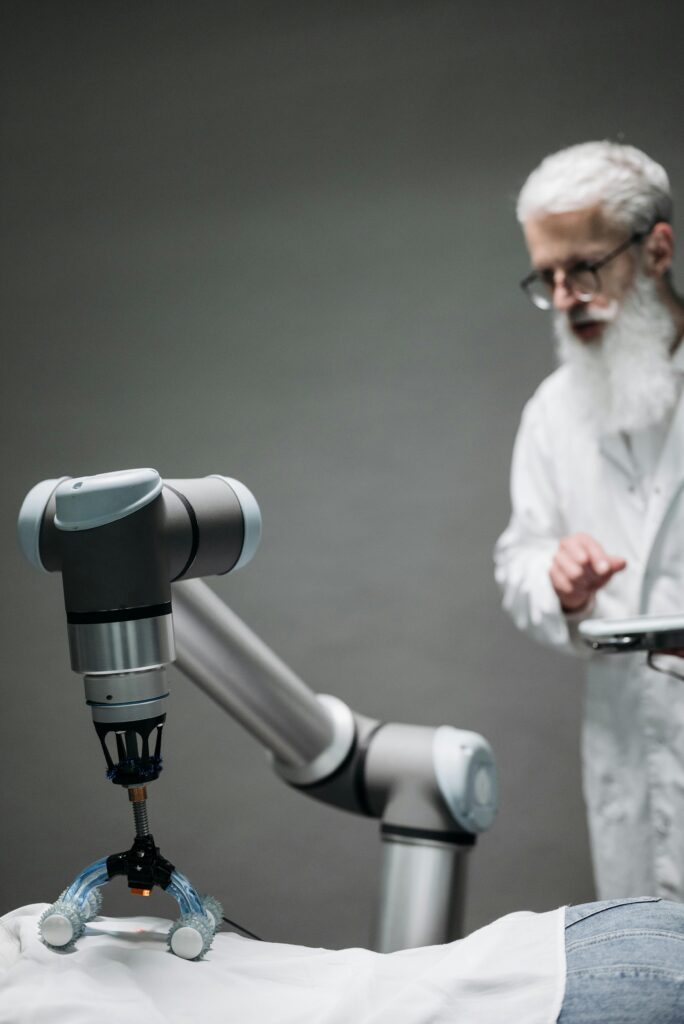
📊 Why It’s Trending: As consumers seek faster, contactless experiences, businesses are investing in service robots to meet these expectations while optimizing operational efficiency.
🚀 The Future of Robots and Automation
As AI, machine learning, and robotics technologies continue to advance, the applications of automation will only expand. From the expansion of self-driving vehicles to the integration of humanoid robots in healthcare and home assistance, the possibilities are endless.
While concerns about job displacement remain, many industries are using robots to enhance human productivity rather than replace it. Collaborative efforts between robots and humans are creating safer, smarter, and more efficient workplaces.
Are you ready to embrace a future shaped by robots and automation? How do you think these advancements will impact your daily life?
💬 Stay tuned for more insights into the latest technology trends!
You can interested in
Gemini’s Got Eyes Now – And It’s a Game Changer
When AI Images Become Too Real: What Are We Facing?
OpenAI Invests in Adaptive Security to Combat AI-Driven Threats
